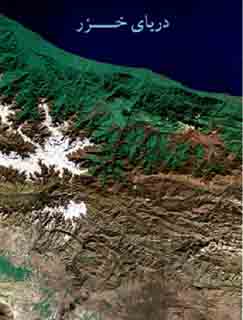Document Type : Research Paper
Author
Associate Professor of Urban planning, Malek-Ashtar University of Technolog
Abstract
Geographic information can be digitized in vector format and processed and transformed by satellite data (visual information) in a raster environment. Such systems are beneficial, but it should be noted that multiple transformations of vector and raster data will be carried out losing accuracy and at the expense of data degradation.
A combination enables the processing of two vector and raster structures, hierarchical representation, and object-oriented search for remote sensing data to a fairly full extent.
Satellite image analysis has the ability to combine and integrate one or more remote sensing models. Models are divided into empirical as against algebraic models, and invertible versus non-invertible models. Empirical models have reliance on linkage, sensor measurements and surface properties, while algebraic models rely on the heat and radiation transfer hypothesis. Models with inverse capability are those in which unknown properties of the landscape can be deduced from the measurements of remote sensing.
Keywords

